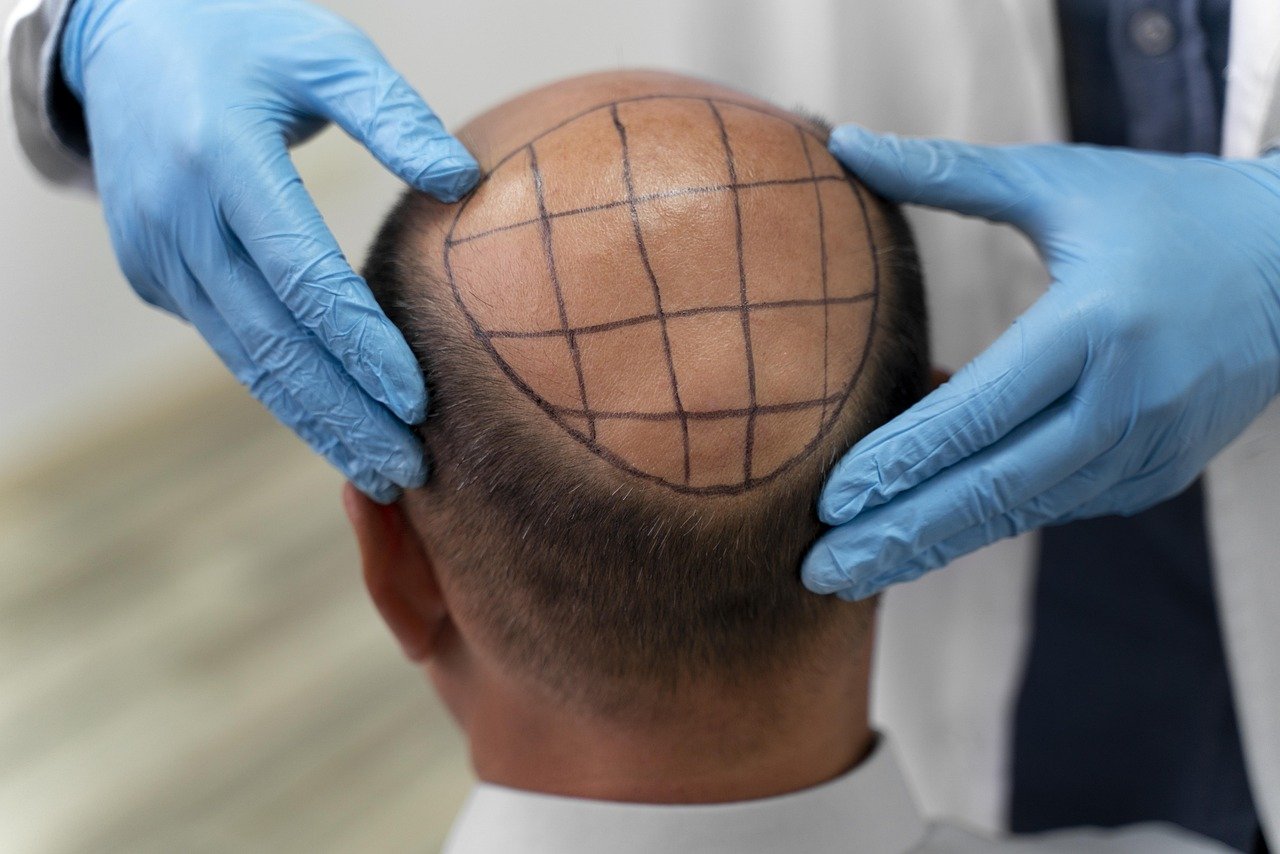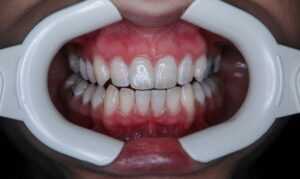Hair loss is a common concern for men of all ages, but it becomes especially prevalent as men grow older. Many older men consider hair transplant surgery to restore a fuller head of hair and regain their confidence. While hair transplants have proven effective for individuals experiencing hair loss, the question remains: does the procedure work just as well for older men as it does for younger individuals?
The answer largely depends on factors such as the health of the scalp, the availability of donor hair, the extent of hair loss, and the individual’s overall health. Older men are often excellent candidates for hair transplants, provided they meet certain conditions and have realistic expectations. In this guide, we will explore whether hair transplant surgery works for older men, the unique considerations for this age group, and how they can achieve optimal results.
Understanding Hair Transplant Surgery
Hair transplant surgery is a minimally invasive procedure designed to move healthy hair follicles from one part of the scalp (the donor area) to areas experiencing thinning or balding (the recipient area). There are two main techniques used in modern hair transplants:
- Follicular Unit Transplantation (FUT): Involves removing a strip of scalp from the donor area, extracting individual follicles, and transplanting them to the recipient site.
- Follicular Unit Extraction (FUE): Involves extracting individual hair follicles directly from the donor area and implanting them in the balding areas.
Both methods can produce natural-looking results, but they differ in scarring, recovery time, and suitability depending on the patient’s unique needs. Regardless of the technique, the success of the surgery hinges on the quality of the donor hair and the surgeon’s skill.
Factors That Influence Success in Older Men
1. Quality and Availability of Donor Hair
The success of a hair transplant largely depends on the quality and availability of donor hair. For older men, this is particularly important, as hair loss may have progressed significantly, reducing the amount of hair available in the donor area (usually the back or sides of the scalp).
Men with a strong and dense donor area are more likely to achieve good results, even if they are older. The transplanted hair is typically resistant to the effects of dihydrotestosterone (DHT), the hormone responsible for male pattern baldness, making it more likely to survive and thrive after transplantation. However, if the donor area is sparse or compromised, it may limit the effectiveness of the procedure.
Older men considering a hair transplant should consult with an experienced surgeon who can evaluate their donor area and recommend the best approach to achieve their desired results.
2. The Extent of Hair Loss
The degree of hair loss is another critical factor in determining the success of a hair transplant for older men. Those with advanced hair loss (classified as Norwood scale 5 or higher) may require multiple sessions or a combination of treatments to achieve satisfactory coverage.
While hair transplants can effectively restore hair to areas of significant thinning or balding, it’s essential to manage expectations. Older men with extensive hair loss may not achieve the same density as younger patients with more localized thinning. Instead, the goal is often to create a natural-looking hairline and improve overall appearance, rather than to restore the full head of hair they had in their youth.
3. Scalp Health
Healthy scalp skin is crucial for a successful hair transplant. Conditions such as scalp scarring, psoriasis, or other dermatological issues can affect the ability of transplanted follicles to take root and grow. For older men, it’s essential to address any underlying scalp conditions before undergoing surgery.
A thorough evaluation by a dermatologist or hair restoration specialist can help identify and treat these issues, ensuring the scalp is in optimal condition for the procedure. This preparation can significantly improve the likelihood of successful graft survival and natural-looking results.
4. Overall Health and Medical Considerations
Hair transplant surgery is minimally invasive, but it is still a surgical procedure that requires good overall health. Older men may have medical conditions such as diabetes, high blood pressure, or heart disease that could impact their suitability for the procedure or their recovery process.
Additionally, certain medications commonly used by older individuals, such as blood thinners, may increase the risk of complications. A detailed medical history and consultation with the surgeon are essential to ensure the procedure can be performed safely. In some cases, lifestyle modifications or adjustments to medications may be necessary before undergoing surgery.
Unique Benefits of Hair Transplants for Older Men
1. Stable Hair Loss Patterns
One of the advantages older men have when considering hair transplants is that their hair loss pattern is typically more stable compared to younger individuals. Male pattern baldness often progresses over time, and by the time men reach their 50s or 60s, the extent of their hair loss has usually stabilized.
This stability allows surgeons to design a hair restoration plan with greater precision, ensuring that the transplanted hair complements the patient’s current hairline and long-term appearance. For younger men, ongoing hair loss can sometimes result in an unnatural look as surrounding hair continues to thin. Older men are less likely to face this issue, making them ideal candidates for hair transplants.
2. Enhanced Confidence and Self-Esteem
Hair loss can significantly impact self-esteem and confidence, regardless of age. For older men, restoring a fuller head of hair can lead to improved self-image and a more youthful appearance. This can have positive effects on both personal and professional aspects of life, enhancing overall quality of life.
Hair transplants provide older men with the opportunity to address long-standing concerns about their appearance, allowing them to feel more comfortable and confident in their skin. The psychological benefits of this transformation are often as important as the physical results.
Challenges and Considerations
1. Realistic Expectations
While hair transplants can produce remarkable results, older men must have realistic expectations about what the procedure can achieve. The goal is often to enhance the appearance by creating a natural-looking hairline and improving overall coverage, rather than achieving the dense, full head of hair they had in their 20s.
A skilled surgeon will discuss these expectations during the consultation, providing a clear understanding of what is possible based on the individual’s hair loss pattern, donor hair availability, and scalp health.
2. Recovery Time
Recovery from a hair transplant can take several weeks, and older men may require more time to heal compared to younger patients. Factors such as skin elasticity and overall health play a role in how quickly the scalp recovers from the procedure.
Following post-operative care instructions is essential for minimizing complications and ensuring the best possible results. Older men should be prepared for this recovery period and plan accordingly, especially if they have work or social commitments.
3. Maintenance and Longevity
While transplanted hair is typically permanent and resistant to DHT, the surrounding native hair may continue to thin over time. Older men should be aware that additional treatments, such as medications (e.g., finasteride or minoxidil) or low-level laser therapy, may be necessary to maintain overall hair density and prevent further hair loss.
Alternatives and Complementary Treatments
For older men who are not ideal candidates for hair transplants or want to enhance their results, there are alternative and complementary treatments available:
- Scalp Micropigmentation (SMP): A non-surgical solution that uses tiny pigment deposits to create the illusion of fuller hair.
- PRP (Platelet-Rich Plasma) Therapy: A treatment that stimulates hair growth using the patient’s own blood platelets to rejuvenate hair follicles.
- Wigs and Hairpieces: High-quality, natural-looking wigs or hairpieces can provide an immediate solution for men with extensive hair loss.
These options can be tailored to individual needs and used alone or in combination with hair transplant surgery for optimal results.
Hair transplant surgery can be highly effective for older men, provided they meet certain criteria, such as having sufficient donor hair, stable hair loss patterns, and good overall health. With advances in techniques like FUT and FUE, older men have access to safe, minimally invasive procedures that can deliver natural-looking results and improve their confidence.
While age alone is not a barrier to hair transplant success, individual factors such as the extent of hair loss, scalp health, and realistic expectations play a crucial role in determining the outcome. Consulting with an experienced surgeon is essential to develop a personalized treatment plan and achieve the best possible results.
For older men seeking to restore their hair and rejuvenate their appearance, hair transplants offer a transformative solution that can enhance both their physical look and emotional well-being.




